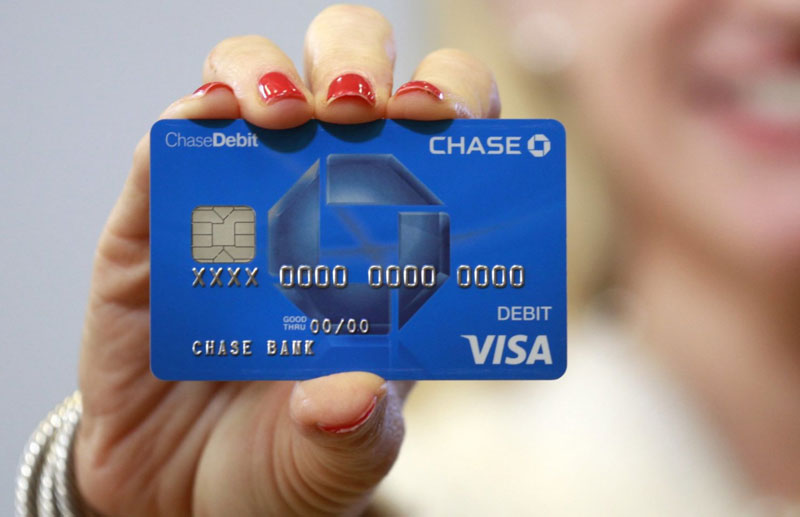
Receiving the candy bar is a debit, since I owe you a dollar (it doesn’t matter which occurs first in accounting terms).Īs long as the debits and credits on any given transaction equally balance each other out, the books are in balance. Subtracting a dollar from my cash is a credit for me. By handing you a dollar, I now have a credit, which I’m expecting you to fulfill with a candy bar. Subtracting a candy bar from your inventory is a credit, since you are owed a dollar for that (or, if I already paid you, your debt is taken care of).įor me, it is the opposite.

In the other half of the transaction, you hand me a candy bar. By accepting the dollar–adding to your cash account–you created a debt to me. If you sell candy bars, and I hand you a dollar, you now owe me a candy bar. The negative balance in their books goes a little farther negative.Ī better example is to consider a simple business transaction. If they credit your account, they owe you a little more.

Your account at the bank represents a debt that they owe you. Those references, however, are from the bank’s perspective, not ours. Does that sound backwards? Perhaps it is due to our experience with banks, where we see money added to our account referred to as a credit, and money taken out referred to as a debit. A credit removes value from the account.Ī debit adds, a credit subtracts. Most of us find that they inherently sound like they are applied the opposite from what we expect.Ī debit is a posting that increases value in an account. Debits and Credits are confusing terms to anyone that has not been immersed in accounting for years.


 0 kommentar(er)
0 kommentar(er)
